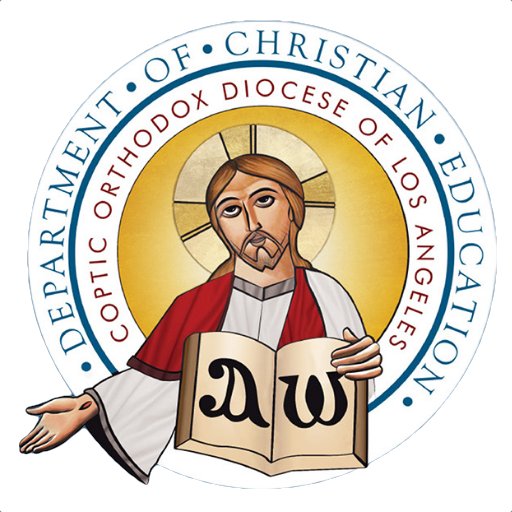Chanters
Duties
The main role of the chanter is to learn and chant the hymns of the Church, with understanding and with the Spirit of God (Psa. 46:7, 1 Cor. 14:15).
In general, chanting during worship was shared with the whole congregation as well as the Reader (see below)
Requirements
In addition to the general requirements listed above, the candidates to be consecrated as a chanter should meet these minimum requirements:
While there is no set minimum age for chanter, it is required that a chanter be able to stand reverently throughout the Divine Liturgy and require no assistance.
Should have basic proficiency in Coptic letters.
Should be able to exhibit talent of learning hymns by chanting basic congregational responses (Agios, Alleluia This is the Day, etc.).
Guidelines
Should avoid talking and emphatic gestures.
Should participate in all congregational responses and hymns in one spirit and one voice.
Should not say the responses of the deacon inside the altar, but only chant only those congregational hymns.[1]
Should follow the head chanter, without raising his voice in prayers, but only his heart to participate in every prayer.
Should be positioned at the front of the nave of the Church (not on a raised platform) on the North and South sides of the church, chanting reverently and attentively.
Should remain still and involved in the Prayers as the angels they represent, anything otherwise is considered a sin by the Church.[2]
Should bow, stand, and kneel at the appointed times.
Should not use the cymbals or the triangle, except with the permission from the Head Chanter. These are used to keep the beat in a quiet manner, away from the microphone.
Should receive Holy Communion before the congregation. Chanting the distribution hymns outside of the sanctuary is no excuse for delaying in receiving Holy Communion.[3]
Special Guidelines for Head Chanter:
Should be present 25 minutes before the start of the Matins Raising of Incense to pray the prayers of the First Hour and the Morning Doxology.
Should lead the chanters in all responses in a collective manner, so that all chanters participate with the entire congregation in all hymns and congregational responses.
Should ensure that all congregational responses follow the same language in which the priest is praying.
Should communicate with the long hymns before the start of the Divine Liturgy, especially during the Feasts.
Should ensure proper behavior of other chanters, and help maintain silence in the Church, with the help of other servants, if necessary.
Should assign responsibility for the cymbals and triangle.
Ordination Prayers and Vestments
The prayer of the Psaltos is a short prayer over the head of the chanter without laying on of hands.[4]
This prayer of consecration (or blessing) of chanters was proposed by His Holiness Pope Shenouda III of blessed memory and accepted by the Church.
Chanters are vested in plain, white tunia decorated only with crosses, and no pictures.
[1] Diocese of Los Angeles Clergy Meeting, St. Mary Victorville, August 7, 2014.
[2] See Canon 96 of St. Basil, Canon 37 of St. Athanasius, Canon 11 of Pope Cyril II, Canon 17 of Pope Gabriel’s Sermon, St. Severus and others.
[3] Fax sent by HE Metropolitan Serapion on July 29, 2008 to the Clergy of the Diocese.
[4] Consecration prayers are very rare. Indirect references are found in Jawharah Nafīsah, 44 and Apostolic Constitutions 3.11. Abū al-Barakāt’s Muṣbāḥ al-ẓulmah (II.40) preserves a short paragraph-long prayer that was prayed over the Head of the Chanters (kabīr al-murattilīn).
